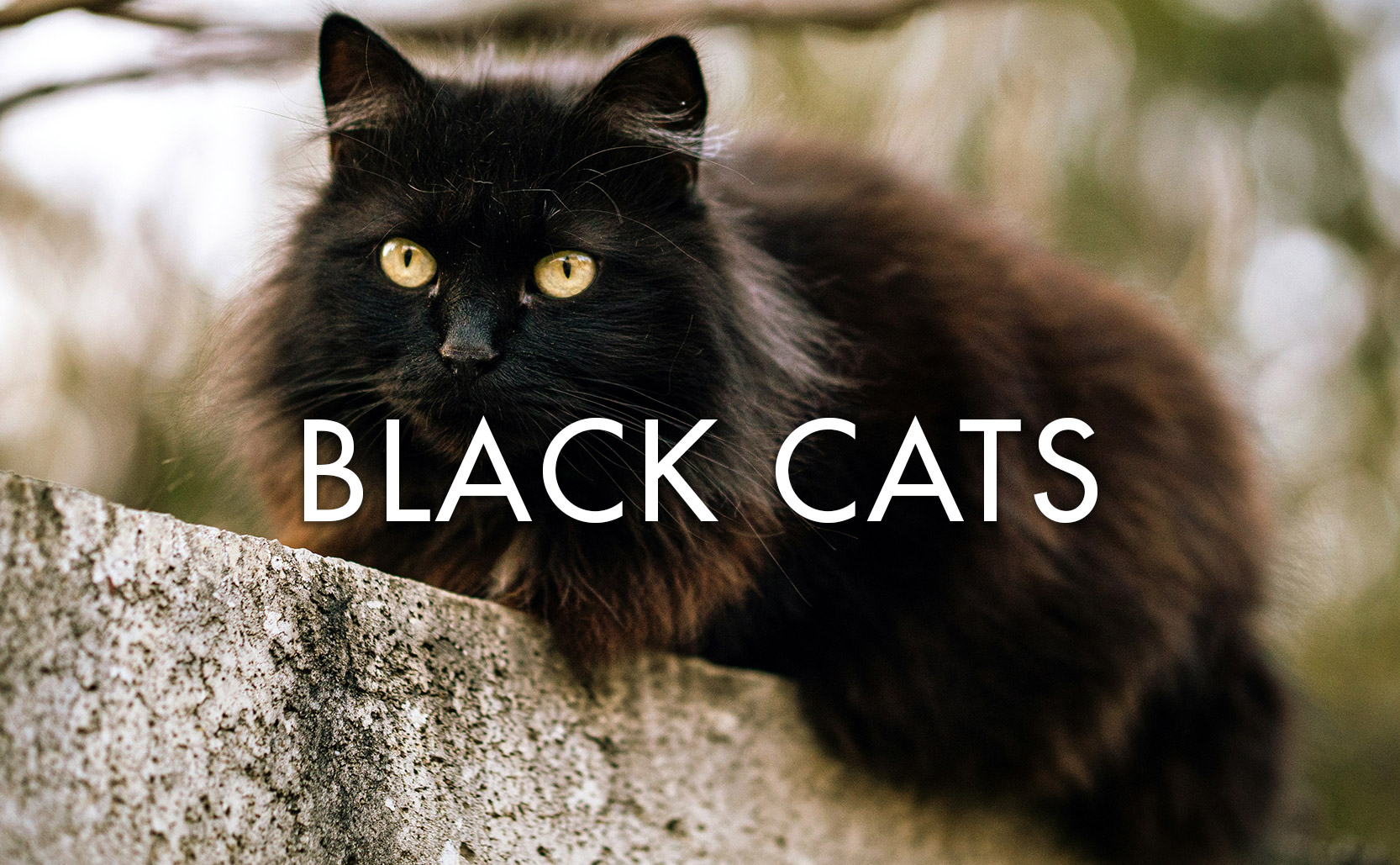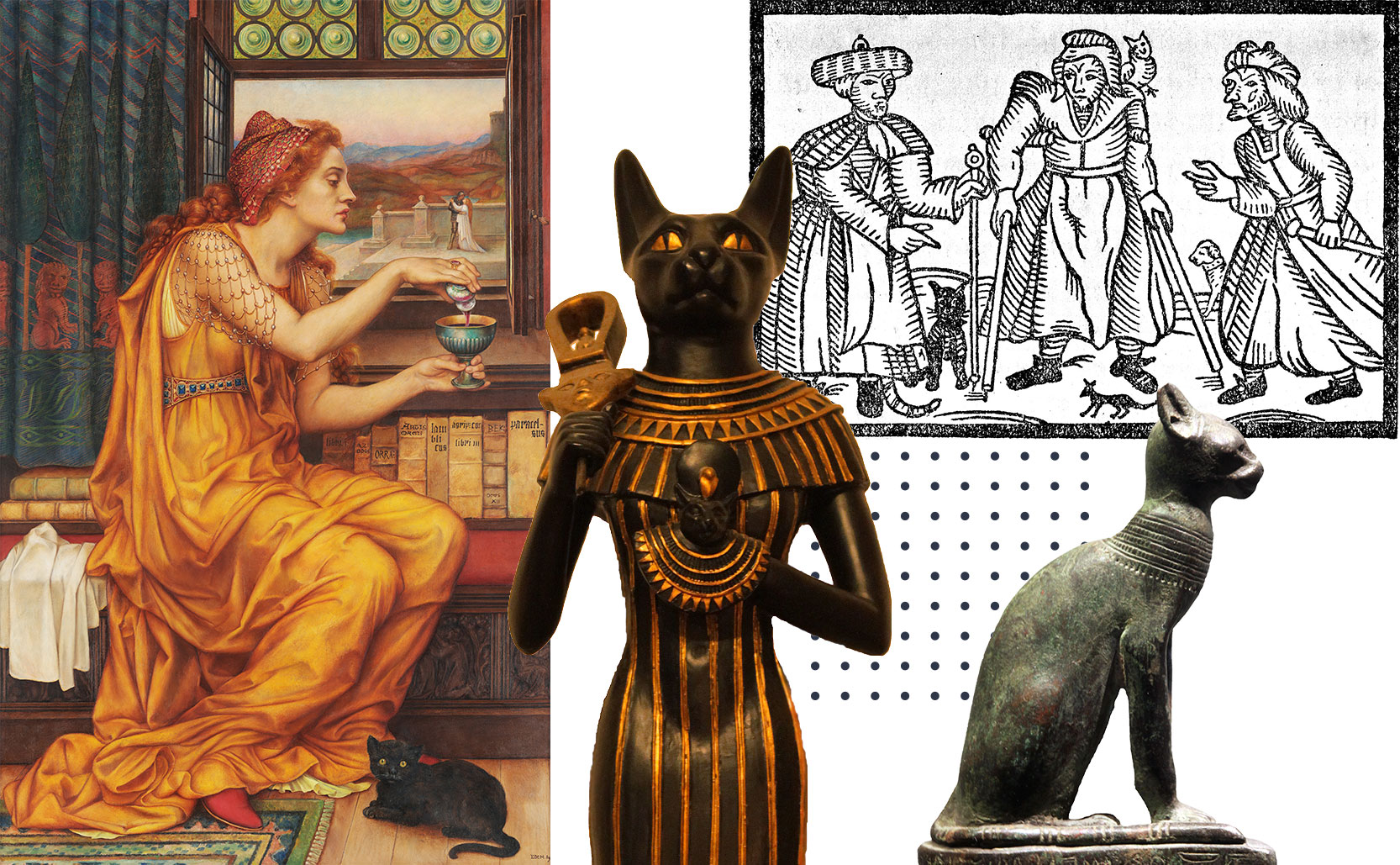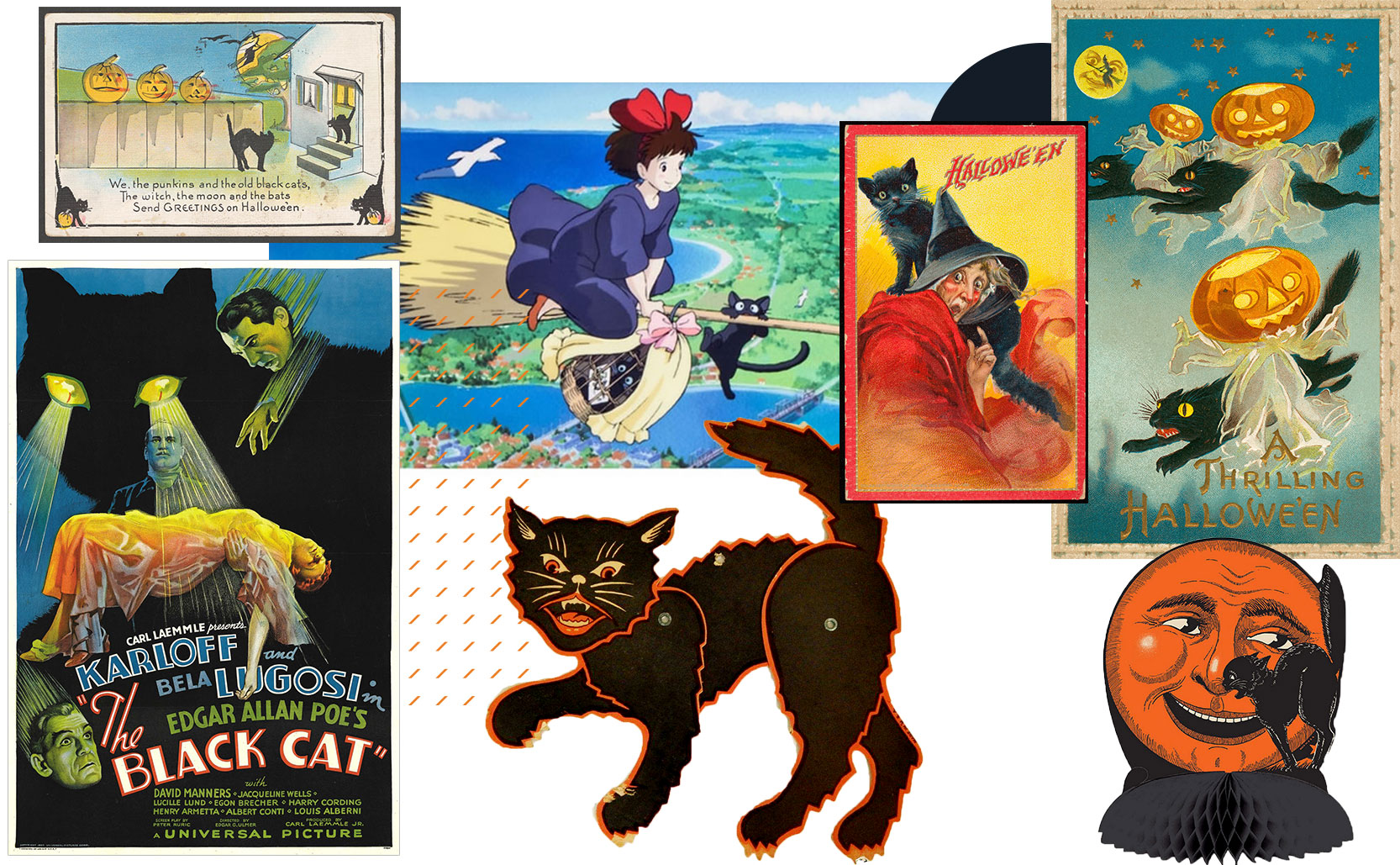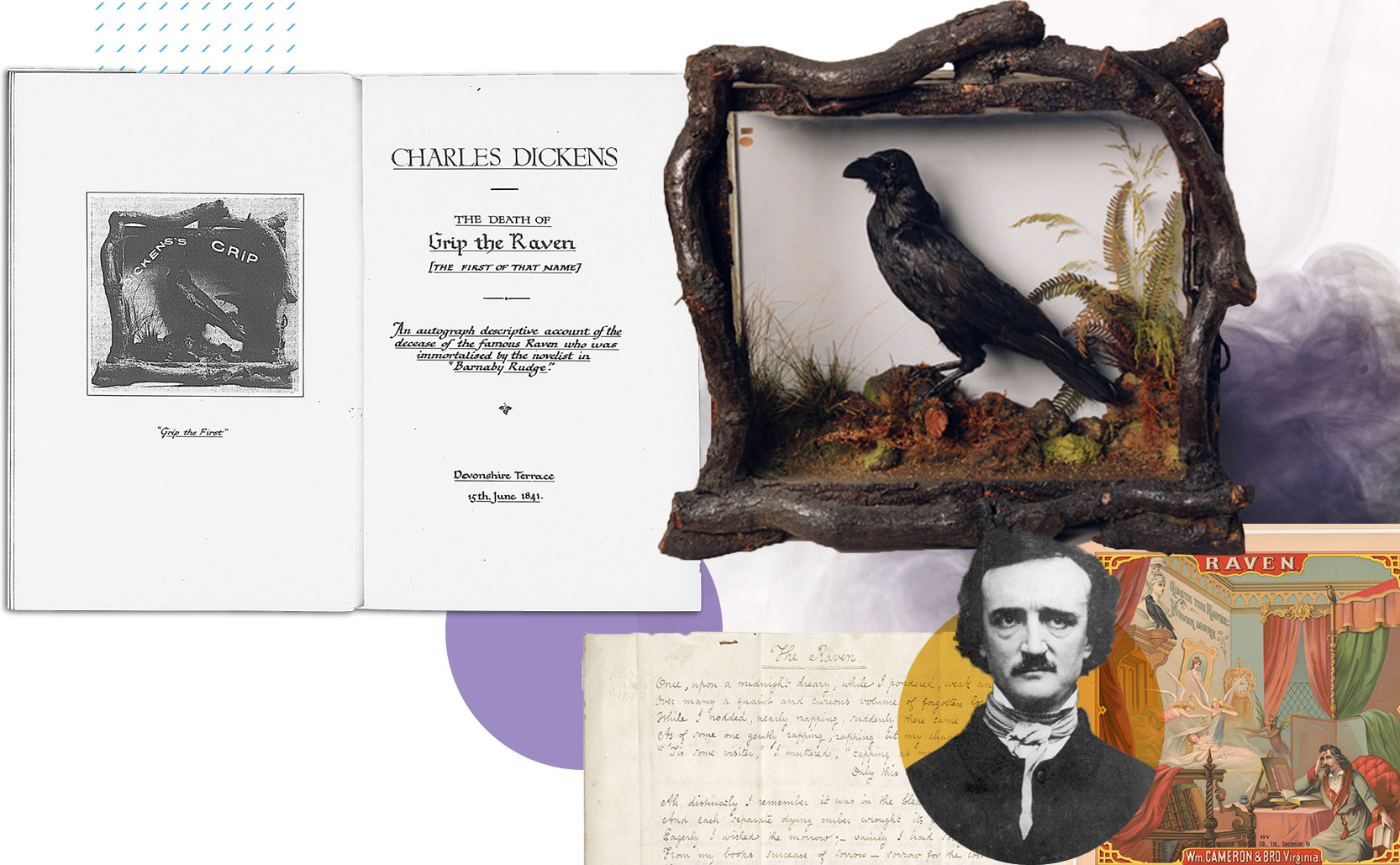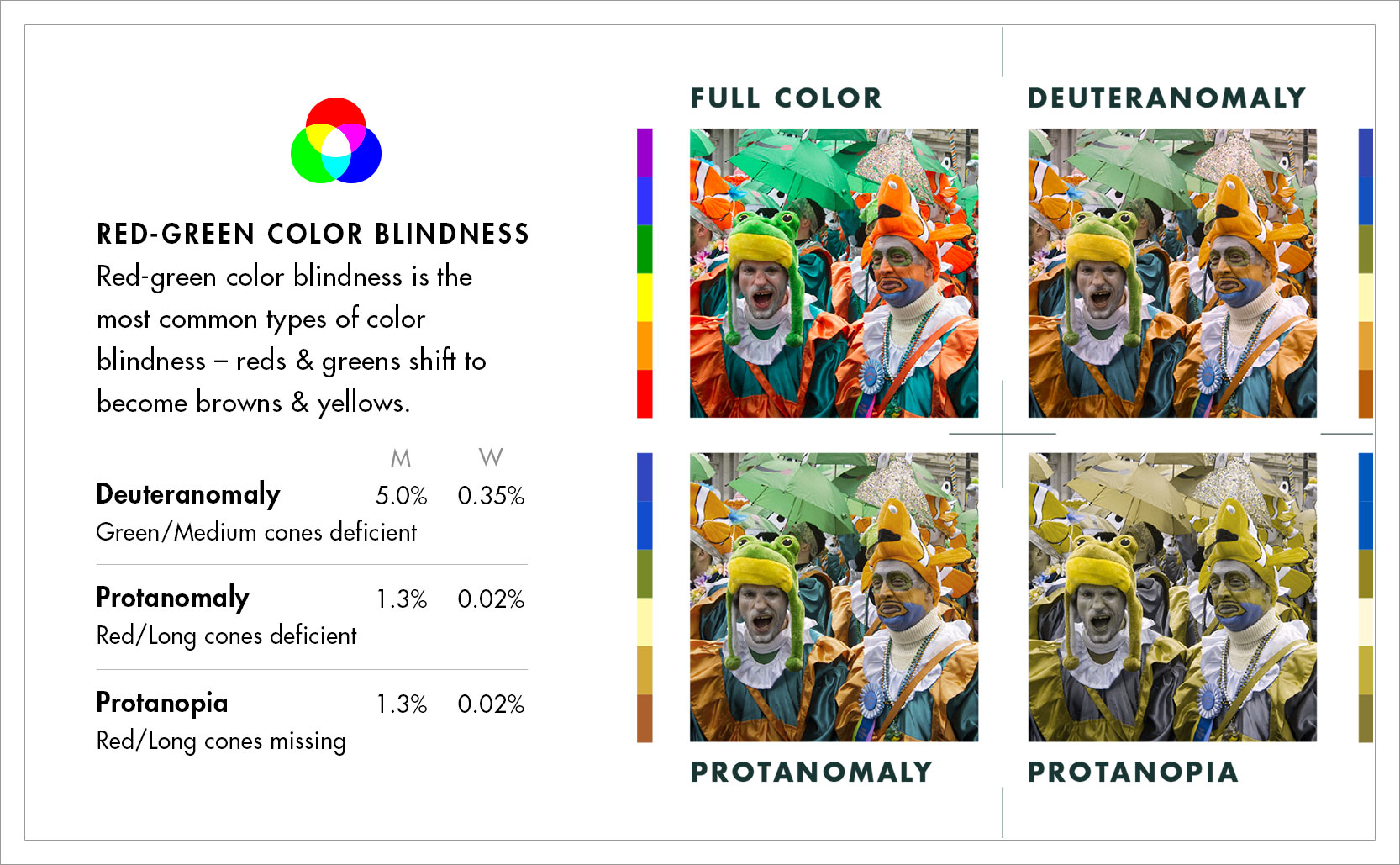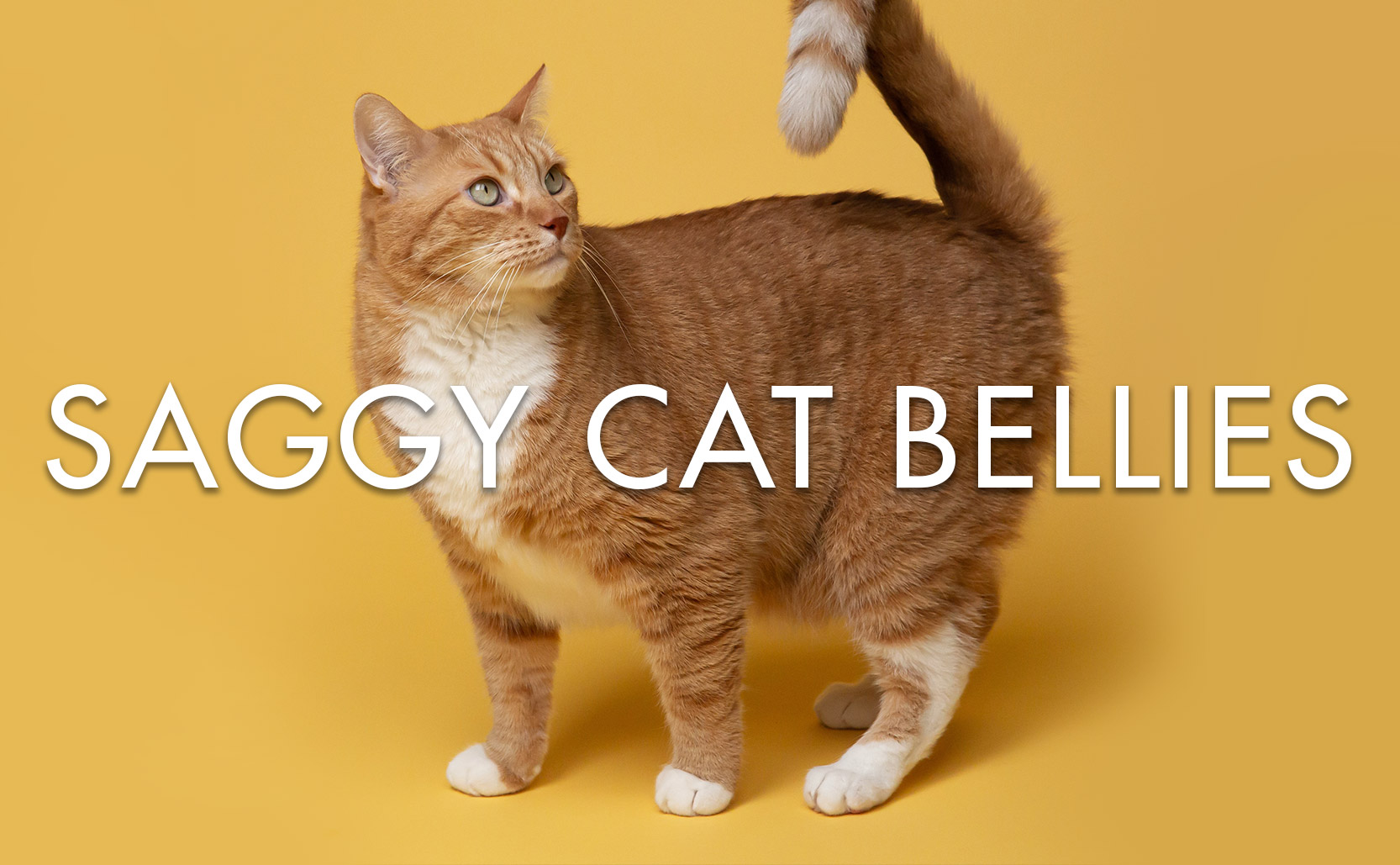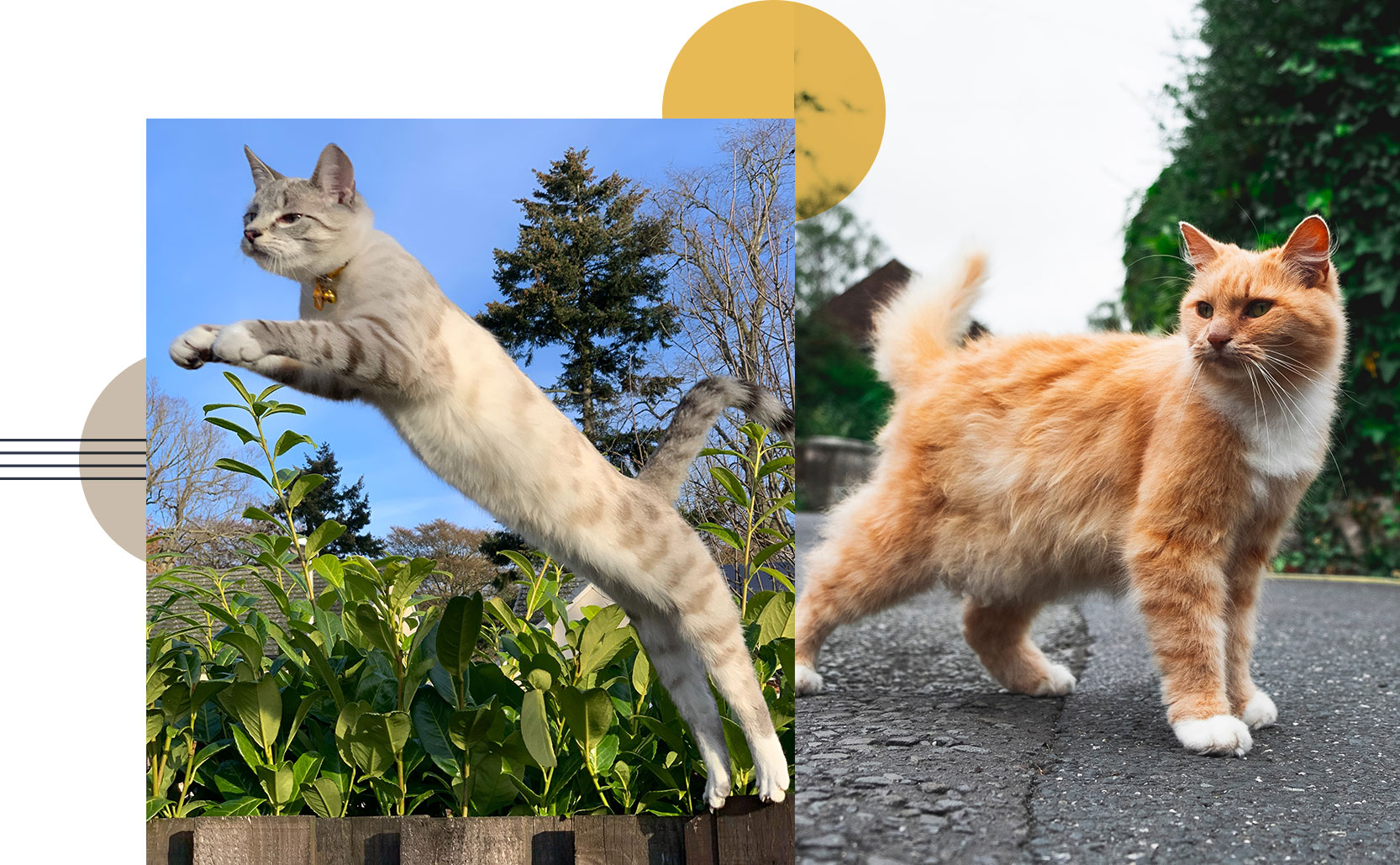Turkey
A native of the Americas, a staple of Thanksgiving & Christmas dinners, and a bird of some confusion.
“Turkey”
To start, turkey the bird got its name from the Turkic people. The Ottoman Empire had merchants who traded in goods from around the empire. One of these goods was a guinea fowl from Africa that became known in England as turkey hens and turkey cocks (named in part for who sold them the birds). Later when English colonists encountered the wild turkeys indigenous to North America they confused them with the birds from Africa, assumed they were the same species, and called them the same names.
The English weren’t the only people confused about the turkey’s origins. The French, Polish, Russian, and Ukrainian names for turkeys are all based on the mistaken idea that they birds are from India. The Portuguese name “peru” is because they thought the birds came from Peru.
The people of modern day Mexico however actually had turkeys and didn’t have to get them from anyone else. The Aztec god of disease & plague was Chalchiuhtotolin’s whose name meant “jade turkey”, and who could transform into a turkey. The Aztecs domesticated turkeys over 2,000 years ago and called these birds “huexólotl” (which meant “great beast” in Nahuatal). Eventually huexólotl became “guajolote” the name for the birds in Mexican Spanish today.
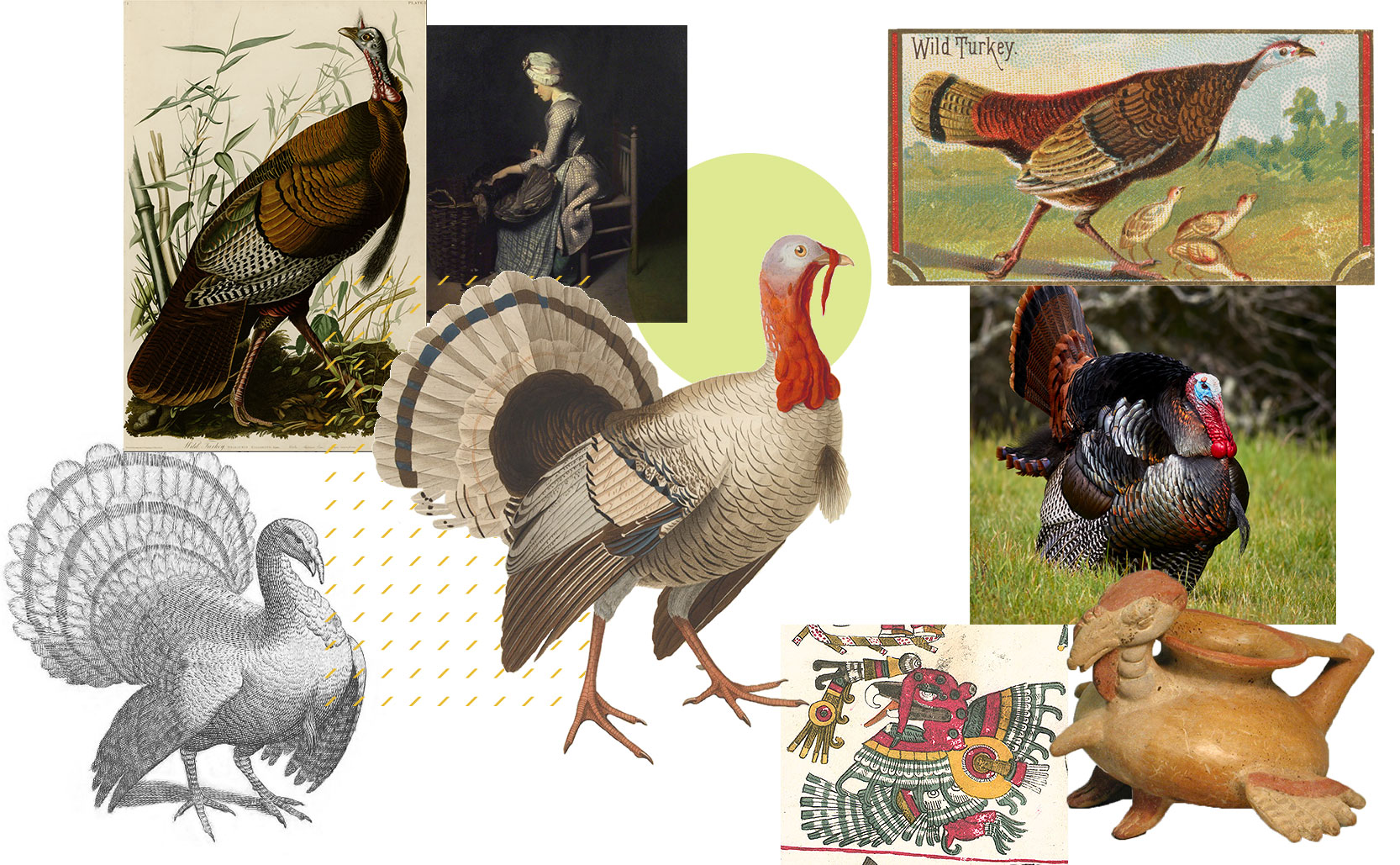
Great Beasts of Holiday Meals
There are two species of turkeys: one indigenous to central & eastern North America, and the other indigenous to the Yucatan Peninsula of Mexico. The turkey of North America is the one associated with the two big meals at the end of the year.
Turkeys were probably served at the first Thanksgiving since “wild fowl” was eaten but the pilgrims never specified which local birds were on the menu. That said turkeys were plentiful at the time so it seems likely. There were an estimated 10 million turkey in North America at the time. By the 1930s turkeys had been hunted down to only about 30,000. Over time commercially raised turkeys were bred to be larger in size (which can feed more people) and came down in price, making turkeys a Thanksgiving dinner staple.
Turkeys are also popular at Christmas. In Victorian England turkeys (which had arrived from North America in 1526) had become increasingly more popular at Christmas dinner, supplanting a goose for Christmas. Charles Dickens’ A Christmas Carol helped increase the popularity of the bird for the holiday meal and now people on both sides of the Atlantic enjoy turkey at Christmas.
Tryptophan
Eating all that turkey makes people sleepy – or does it? Internet factoids say that tryptophan, an amino acid found in turkey meat, is what makes people sleepy after Thanksgiving or Christmas dinner. This is not true. While drowsiness is one of the side effects of tryptophan, turkey meat contains about the same amount of tryptophan as found in other meats. For example turkey has more tryptophan than chicken but less than pork chops. Soy beans have twice the tryptophan that turkey has. Nobody comments on being sleepy after eating those other foods, so why turkey?
The real reason some people become drowsy after a big holiday meal is simply because they ate a lot. Lots of carbohydrates, lots of food in general, can cause your blood sugar to spike. Then as blood sugar levels decrease you feel tired. To process all the food your body circulates more blood to the stomach, which means less blood flow to your brain making you feel less alert. Add some alcohol to all of this and it’s easy to see why people can feel sleepy after dinner.

Gobble Gobble
Internet factoids will tell you that Benjamin Franklin proposed that the turkey should be the National Bird – this is not true. In criticizing the design of the Great Seal he said its eagle looked more like a turkey. In a letter to his daughter he then went on to criticize eagles while defending the character of turkeys saying that the turkey is “… a much more respectable Bird, and withal a true original Native of America…He is besides, though a little vain & silly, a Bird of Courage.” But he never said the turkey should be the National Bird.

Since the late 19th century turkey farmers have donated turkeys to the president, hoping to boast that they were the farm that supplied the White House with the bird they ate for Thanksgiving dinner. In 1923 Calvin Coolidge put a temporary stop to the practice because of the sheer number of animals being sent to the White House (this is also how the Coolidge family ended up with Rebecca, a live raccoon sent to be eaten but instead became a family pet who caused chaos in the White House).
John F. Kennedy was the first president to “pardon” a turkey in 1963, sparing it from being killed for dinner and instead sent to a farm. Ronald Reagan was the first to use the word “pardon” in regards to a turkey in 1987, but he did so as he deflected questions about pardoning his aides involved in Iran-Contra. George H.W. Bush however is the president who started the annual Thanksgiving tradition of pardoning turkeys in 1989.





